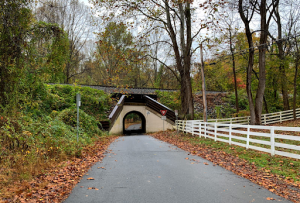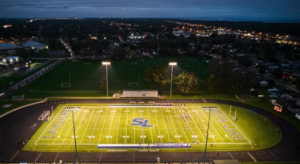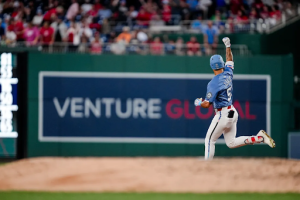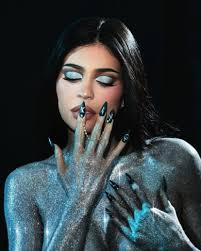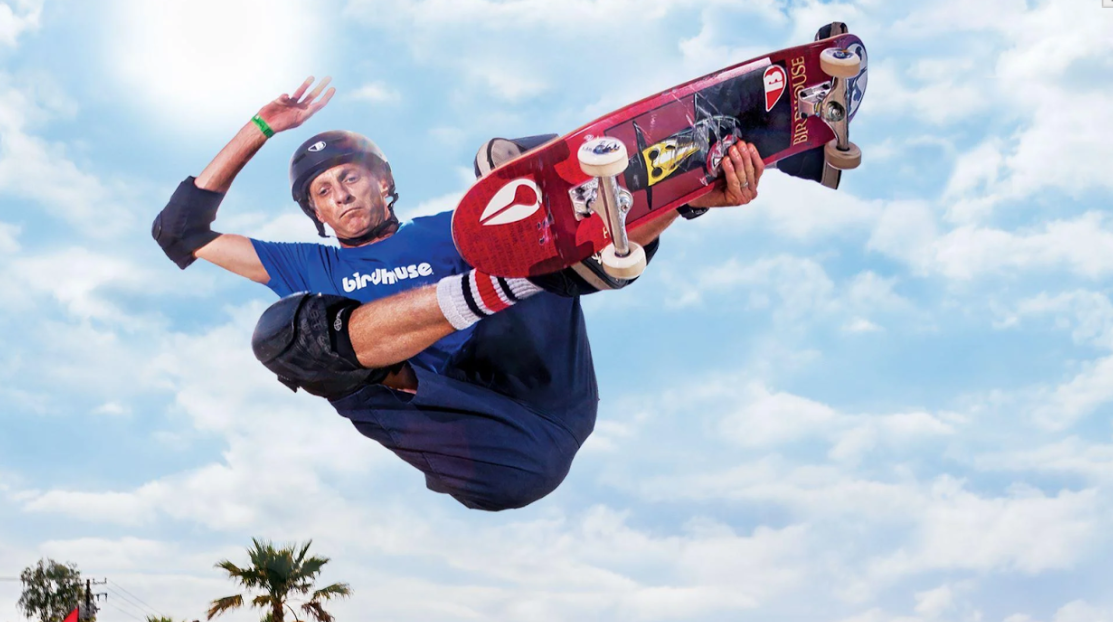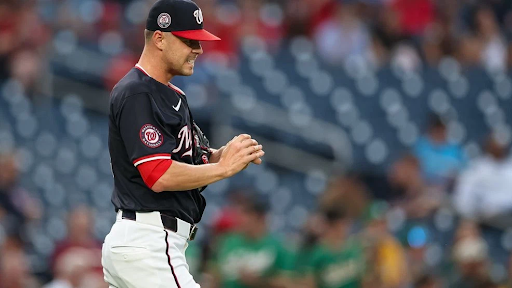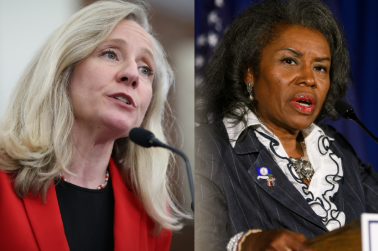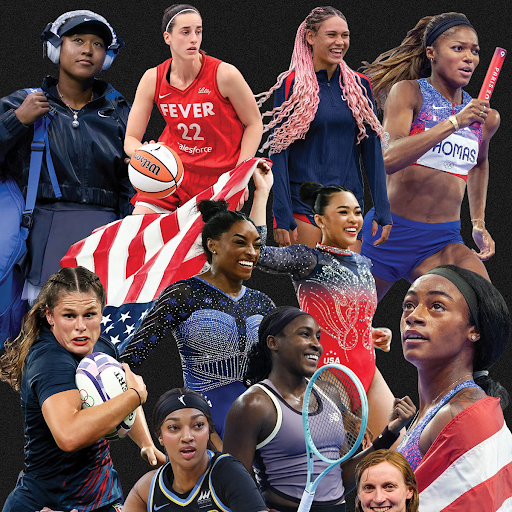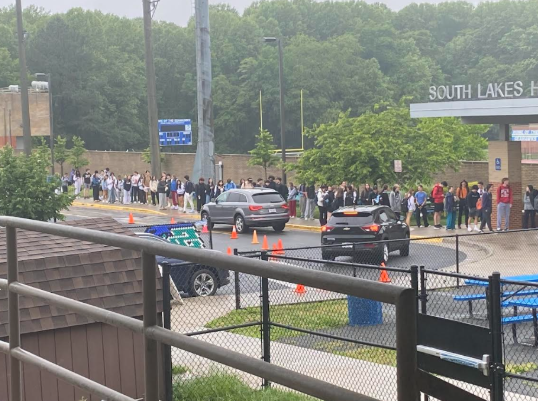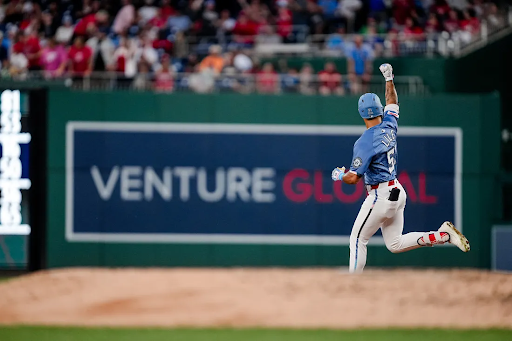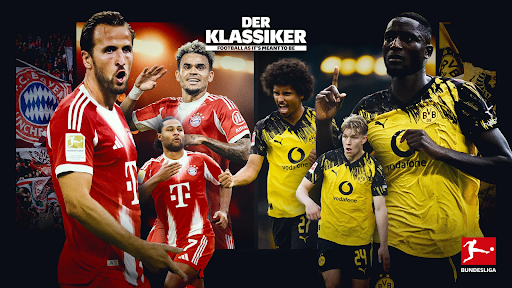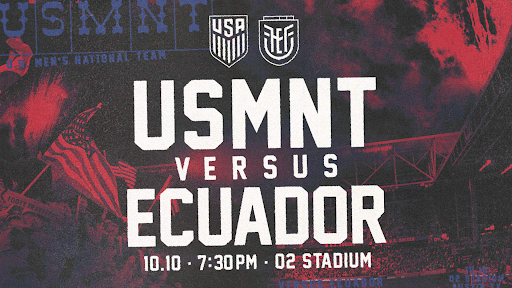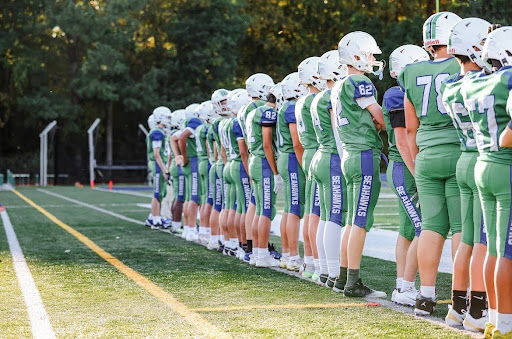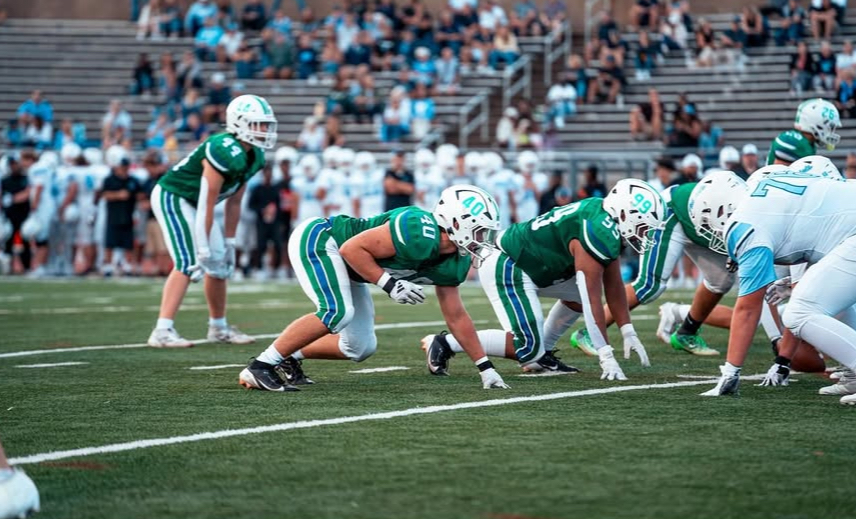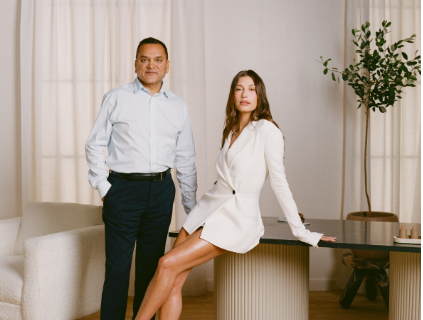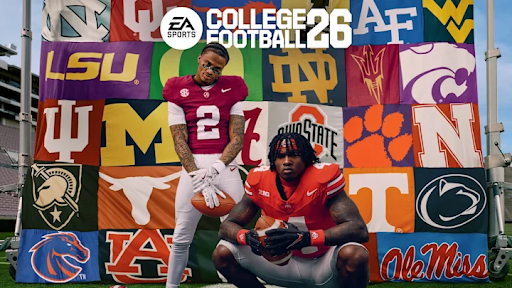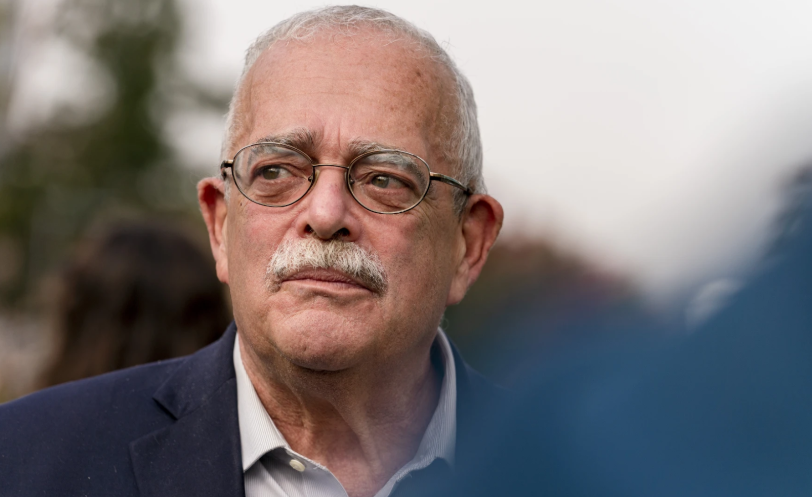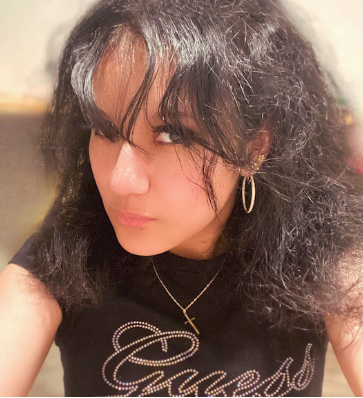As the sequel to the trailblazing original, Tony Hawk’s Pro Skater 2 shattered records.
On September 19th, 2000, Tony Hawk’s Pro Skater 2 hit shelves, to auspicious acclaim, surpassing its predecessor. Likewise, Pro Skater 2 brought rise to the alternative sport, having won the Kids’ Choice Award for Favorite Video-Game. By 2001, it had sold over 2 million copies in the United States, making it the best-selling extreme sports game at the time. Its critical acclaim, innovative gameplay mechanics, and unforgettable soundtrack propelled the series to iconic status in gaming history.
Its soundtrack featured a eclectic selection of bands that included: Rage Against the Machine, Bad Religion, Millencolin, Powerman 5000, Papa Roach, The Vandals, Naughty by Nature, Lagwagon, Styles of Beyond, Swingin’ Utters, Anthrax, Public Enemy, and Consumed.

In Career Mode, players guide their skater through challenges and events to become a top skateboarder. They complete goals, earn points, and unlock new levels. As players advance, they can upgrade their skills and earn money, which can be used to purchase new gear, boards, and customization options.
Single-player and two-player modes are included too.
The game’s intuitive control scheme made skateboarding accessible to players of all skill levels. Using the left analog stick (or D-pad), players could smoothly navigate their skaters across ramps, rails, and bowls. A handful of button presses facilitated jumping, grinding, and executing tricks.
Players combined button inputs to pull off jaw-dropping stunts.
Grinds allowed players to traverse rails, ledges, and edges, chaining them seamlessly into combos. Manuals, which let skaters balance their boards on two wheels, provided a crucial link between tricks.
Each session offers a chance to push boundaries and set personal records.
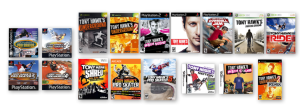
The virtual sports series is fondly remembered by audiences, hitting milestones:
- Tony Hawk’s Pro Skater (1999): PlayStation Version – Achieved “Platinum” status in the UK (300,000+ copies).
- Tony Hawk’s Pro Skater 2 (2000): United States – Over 2 million copies sold, cited in Guinness’ World Records.
- Tony Hawk’s Pro Skater 3 (2001): PlayStation 2 Version – 2.1 million copies sold, $77 million earned in the US by July 2006.
- Tony Hawk’s Underground (2003): PlayStation 2 Version – 2.11 million copies sold in the US by December 2007.
- Tony Hawk’s Pro Skater 1 + 2 (2020): Combined Remaster – 1 million copies sold within the first 2-weeks, fastest-selling game in the franchise.
At the center of this phenomenon stood Tony Hawk himself. A skateboarding prodigy whose journey was anything but conventional.

Tony Hawk began skateboarding when he was 9, and turned professional at 14.
Reflecting on his early years, Hawk confessed, “I was an outcast in an outcast activity.”
“I struggled as a kid in sports,” he shared in an interview. “Even when I skated, my style was not considered progressive. I was so little that I was focused on tricks as opposed to flow and style and aerial maneuvers, because I didn’t have the bulk to get the big air.”
Hawk’s resilience in the face of adversity resonated deeply with fans, especially teens who felt like outsiders themselves. Albeit, it was precisely this dedication to technique and his outsider perspective that helped redefine the sport.
Skateboarding was often ostracized as a niche activity, and Hawk himself didn’t fit the mold of a typical athlete.
“So it was, uh… very isolating,” Hawk admits.
At 16, Tony Hawk finally felt a shift. Late bloomer or not, his peers started to see him differently.
“By then, I was getting more respect for the tricks I was creating, and then I got the height and the power. I was doing more impressive aerials, and that’s when everything clicked.”
“In some people’s eyes, yeah, I became cool,” Hawk admitted, adding, “I only felt cool when I was on The Simpsons, to be honest.”
Hawk’s stories verge on the surreal. Take, for instance, the time he jumped between two seven-story buildings in downtown Los Angeles—a gap of about 20 feet. No net attached.
“I’d wanted to do that for a long time. It wasn’t like I thought, ‘I shouldn’t have done that.’”
Conditions worsened, rain left the ramp slick, and his team scrambled to dry it during a break in the storm.
“That sense of urgency was scary to me,” he acknowledges. As soon as he made the jump, a camera was shoved in his face, and the sky opened up again. “It started pouring, just like that,” he said, snapping his fingers. Timing, it seems, is everything—both in skateboarding and in life.
He realized skateboarding could be a career when he was earning more than his teachers.
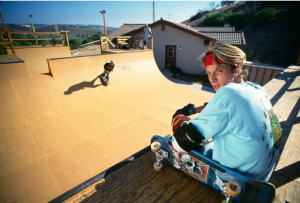
Hawk bypassed traditional school requirements by developing his own independent self-study physical education course. He took advantage of an extracurricular loophole, and made a curriculum centered on skateboarding, and testified to his several hours of dedication. By doing so, he earned the autonomy to leave school a class early.
He had also achieved significant financial success through professional skateboarding; enabling him to purchase his first home at 17. His father advised him to invest in real estate. The house, a modest duplex, became a residence for Hawk. Balancing homeownership with the demands of professional skateboarding and academics, Hawk successfully graduated high school.
Tony Hawk’s influence extends far beyond ramps and rails, cemented by his groundbreaking feats and the success of his namesake video-game series.

